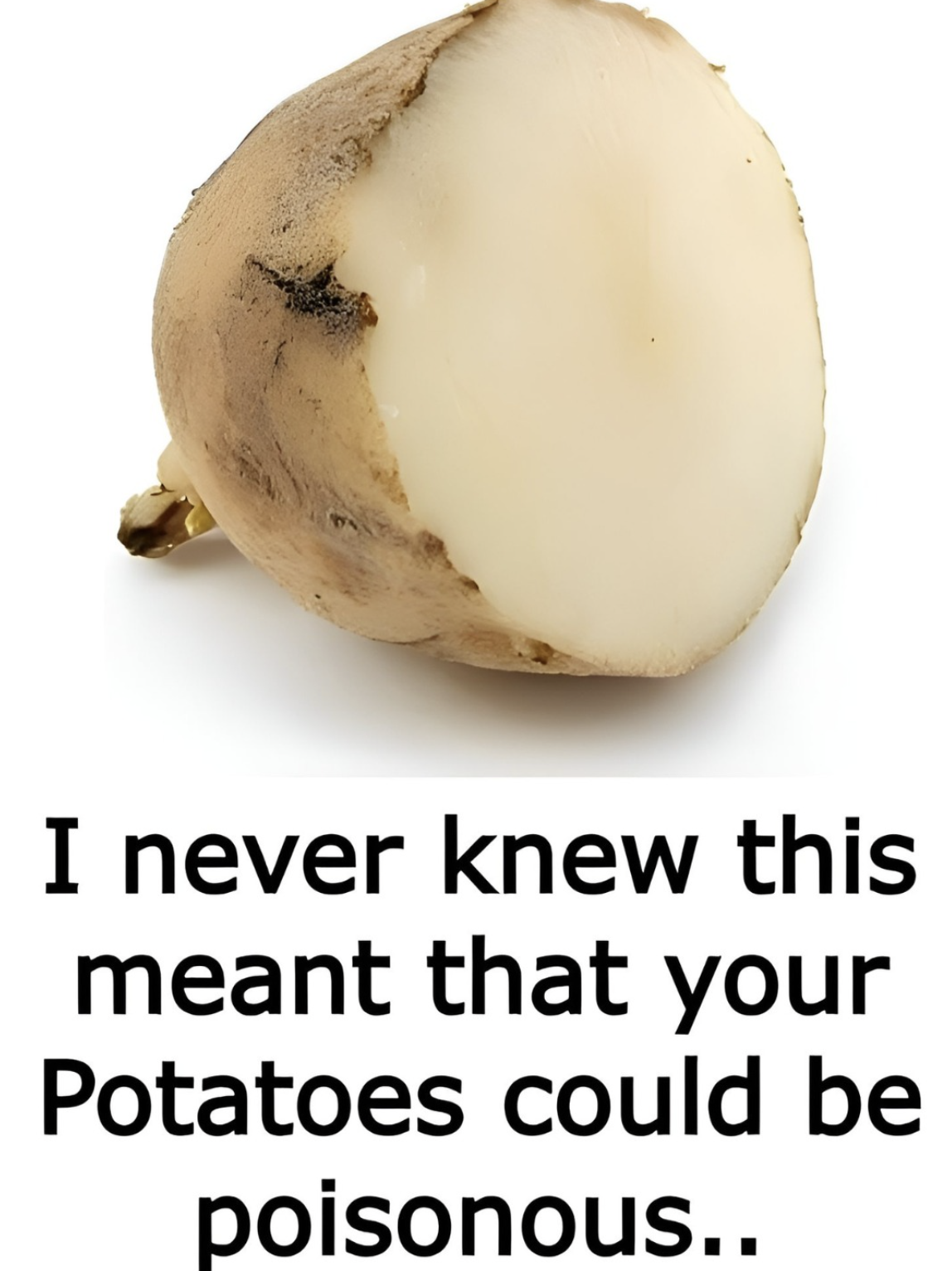Let’s be honest — potatoes are kitchen royalty.
Mashed.
Roasted.
Fried.
Baked.
They’re comfort food in tuber form.
But here’s a truth most of us ignore until it’s too late:
Potatoes can become poisonous.
Not from mold.
Not from bacteria.
But from a natural toxin called solanine — a defense chemical the plant produces when stressed.
And if you don’t know what to look for?
That innocent-looking potato in your pantry could make you nauseous, dizzy, or worse.
But don’t panic.
Most potatoes are perfectly safe.
You just need to know when to eat them — and when to toss them.
Let’s explore how to spot a poisonous potato — and how to store your spuds so they stay safe and delicious.
🧪 What Is Solanine — And Why Should You Care?
Solanine is a natural glycoalkaloid found in nightshade plants — including potatoes, tomatoes, and eggplants.
It’s produced when potatoes are:
continued on next page
